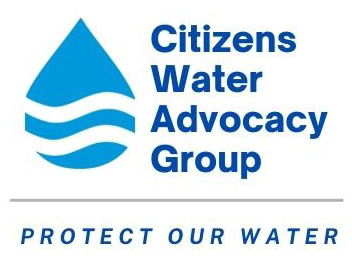Sustainable Water Management in the Southwestern United States: Reality or Rhetoric?
Description
While freshwater sustainability is generally defined as the provisioning of water for both people and the environment, in practice it is largely focused only on supplying water to furnish human population growth. Symptomatic of this is the state of Arizona, where rapid growth outside of the metropolitan Phoenix-Tucson corridor relies on the same groundwater that supplies year-round flow in rivers. Using Arizona as a case study, we present the first study in the southwestern United States that evaluates the potential impact of future population growth and water demand on streamflow depletion across multiple watersheds.
We modeled population growth and water demand through 2050 and used four scenarios to explore the potential effects of alternative growth and water management strategies on river flows. Under the base population projection, we found that rivers in seven of the 18 study watersheds could be dewatered due to municipal demand. Implementing alternative growth and water management strategies, however, could prevent four of these rivers from being dewatered.
The window of opportunity to implement water management strategies is narrowing. Because impacts from groundwater extraction are cumulative and cannot be immediately reversed, proactive water management strategies should be implemented where groundwater will be used to support new municipal demand. Our approach provides a low-cost method to identify where alternative water and growth management strategies may have the most impact, and demonstrates that such strategies can maintain a continued water supply for both people and the environment.
Published by The Nature Conservancy. View Document.
